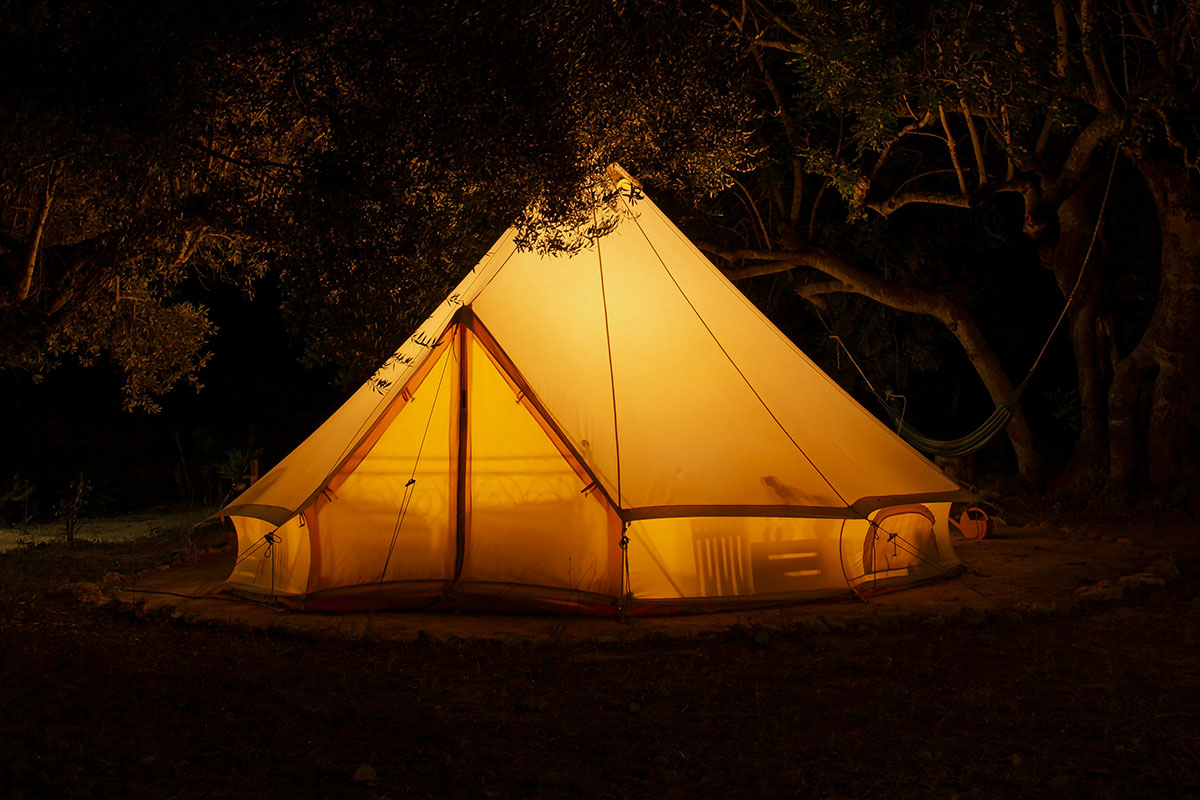

Camping can be the best way to spend time in the great outdoors. It can also make you want to head indoors and never venture out again. Don’t let the latter happen to you; that’d be a shame. With some planning, you can set yourself up for a good (even comfortable) camping experience.
Videos by Outdoors with Bear Grylls
While there’s plenty you can’t control when you’re heading out for a camping trip, there’s plenty you can do to set yourself up for success.
Whether you’re a gung-ho camper trying to convince a hesitant camper to give it a go or a newbie trying to prep for your first camping trip, here are our top 10 tips to make your camping trip as comfortable as it can possibly be.
These tips are in no particular order.
Don’t Sleep Directly on the Ground
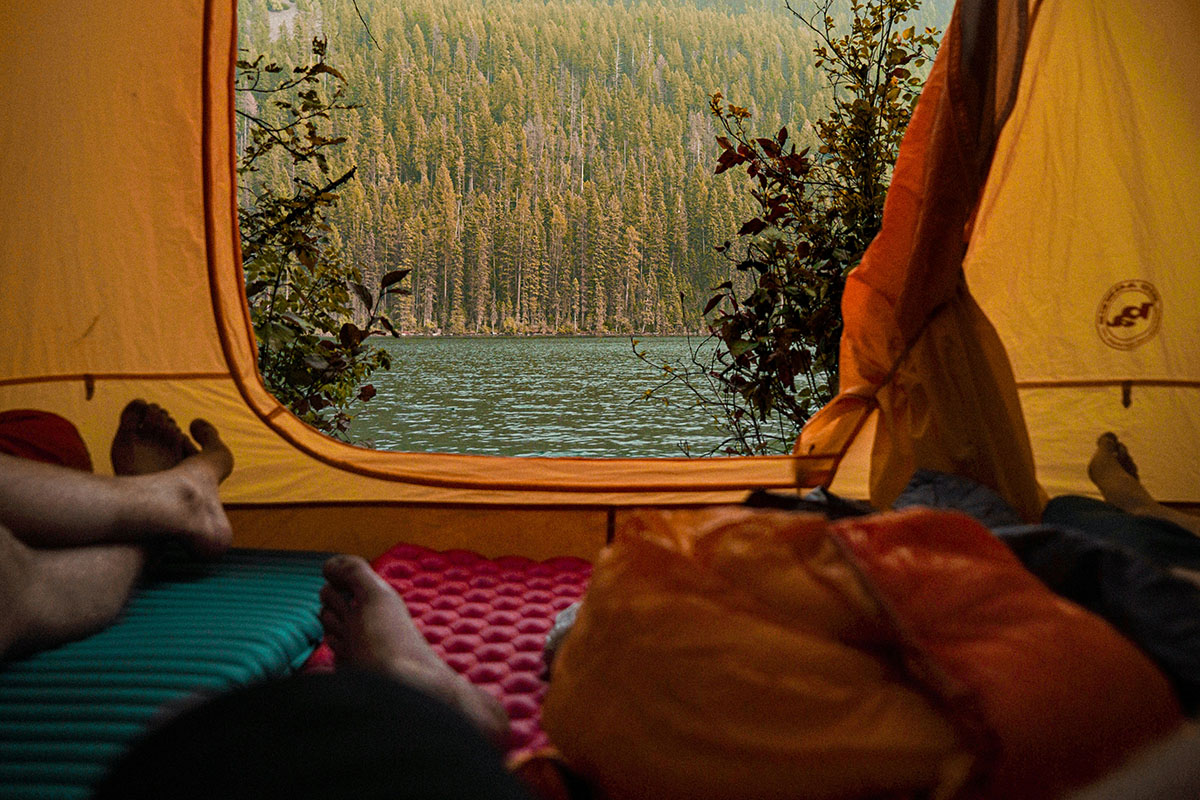
Sleeping on the ground may feel like a rite of passage for “real” campers, but you don’t need to try to earn your stripes by giving yourself a bad night’s sleep and a next day full of aches and pains. In fact, real campers will tell you it’s better to not sleep directly on the ground, if you can help it.
One of the best ways to make camping more comfortable is to sleep well. Comfortable sleep comes down to personal preference, but most people could benefit from some or all of the following as part of their sleep system:
- Sleeping bag with an appropriate temperature rating for the weather conditions
- Sleeping pad(s)
- Air mattress or camping cot
- Sleeping bag liner
Your exact sleep set up will depend on the type of camping you’re doing. If you’re backpacking, a lightweight tent and a comfortable sleeping pad (like an air pad, self-inflating air pad, or foam mat) may be the extent you can carry in addition to your sleeping bag.
If you’re car camping (meaning your vehicle is parked within walking distance from your shelter), spare some room in your trunk for some extra camping gear that’ll help you get a good night’s sleep.
Sleeping on top of an air mattress, insulated sleeping pad, or camping cot is a great way to lift yourself up off the ground and get some support while you’re at it. Putting some separation between you and the cold ground can also make a huge difference when trying to stay warm in a tent.
Air mattresses are common among tent campers, but don’t overlook camping cots if you want to sleep comfortably. Cots typically offer better support and are guaranteed to provide the same amount of support in the morning that they did the previous night … unlike many air mattresses.
Be Prepared for the Weather

If you’re camping in cold weather or hot weather, you’ll only be comfortable if you have what you need to stay warm or cool. For cold-weather camping, this means selecting the right camping tent (consider a four-season tent), having a warm, high-quality sleeping bag and a warm sleep system (sleeping pads, sleeping bag, and a sleeping bag liner), and wearing layers of warm clothing.
Staying comfortable while tent camping in the cold may also require some extra gear, like a tent heater or some extra camping blankets. Read all of our winter camping tips to help you prepare for chilly days and cold nights.
Camping in warm weather also requires planning. You’ll feel most comfortable on warm days and nights if you have a well-ventilated tent with mesh windows, a lightweight sleeping bag and a breathable sleeping pad, and moisture-wicking, lightweight clothing.
Additional gear for warm-weather camping may include things like a shade structure for your campsite and a tent fan to promote airflow inside your shelter.
If any type of precipitation is in the forecast, you should also be prepared for rain or snow. Have rain gear like a rainfly for your tent, a pop-up shelter to keep your camp kitchen dry, and some waterproof shoes and clothing to stay as comfortable as possible if wet stuff starts falling from the sky.
Choose a Good Campsite
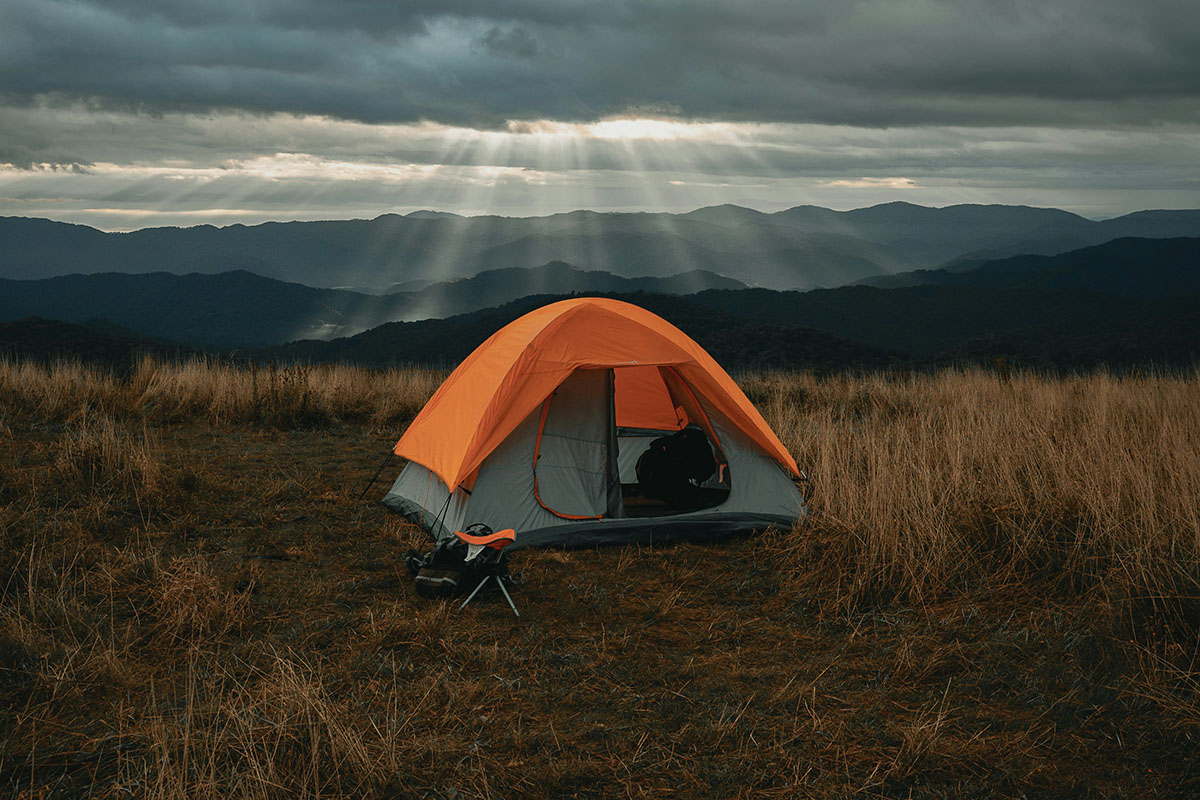
You’ll absolutely have a more comfortable camping trip if you select a good campsite. Here are some tips to consider when choosing the best campsite, especially in the backcountry:
- Find flat, firm ground to set up your campsite (and, for comfort’s sake, your tent in particular).
- Set up camp at least 200 feet away from a natural water source.
- Look for a spot that offers some protection from the elements. (Never set up your tent beneath a dead or dying tree.)
- Maximize sunshine if it’s chilly or maximize shade if it’s warm. Consider where the sun will rise and set and whether your living space and shelter will be in the direct sun or shade during the hottest part of the day.
If you’re camping in at an established campsite with amenities like bathrooms and potable water (aka frontcountry camping), select a campsite near amenities you’d like to be close to. I prefer to be close to a water spigot and streams or trailheads but not too close to outhouses.
Choose a spot that’ll make your camping experience as easy and comfortable as possible. Read all of our tips for how to choose the best campsite for your next camping trip.
Bring Items That’ll Help You Relax

Camping comfort extends beyond being comfortable while you’re sleeping. Why not bring some gear that’ll help you stay cozy between sleeps?
For instance, for the ultimate camping comfort, bring a hammock camping. Relaxing in a hammock while reading a book is one of my fondest memories as a kid, and it made me love camping. You might even feel so comfy in the hammock that you fall asleep swaying in the breeze, listening to the rustling of the leaves.
One of my favorite ways to stay comfy while camping is to bring along a pair of slippers. The CloudTouch slippers from VOITED check all my boxes. They’re warm, cushy, water-resistant, and machine washable. I wear them around the campsite and around the house, too.
A comfortable camp chair is another piece of gear every seasoned camper has on his or her camping essentials list. Camping chairs that rock, recline, have cup holders, or just plain feel comfortable are a perfect way to relax around the campfire.
Another way to get cozy around the campsite is to bring some camping blankets to snuggle up with day or night, weather permitting. Add a double-person blanket to your camping gear if you’ll be camping with someone you love.
Have All the Essentials
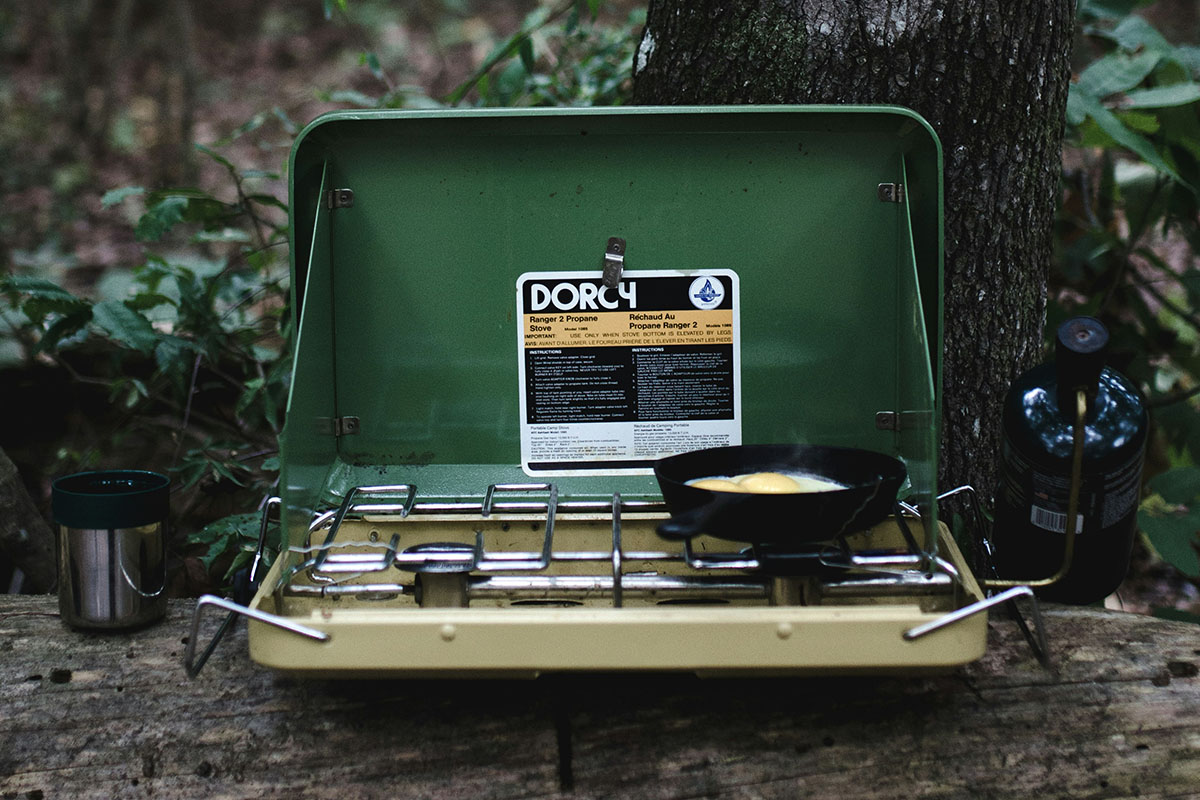
One key to camping comfort is to have what you need when you need it. While temporarily living outdoors is never going to be as convenient as living at home, being prepared with the gear you need will make your camping trips much easier.
Take a look at our full list of camping essentials to pack, and don’t forget these essentials that’ll enhance your camping experience by making it more comfortable and convenient:
- Air mattress, sleeping pads, sleeping bag, pillow, and other sleep gear
- Camp stove and cooking gear
- Camp chairs and a camping table (especially if your site doesn’t have a picnic table)
- Light source(s), like a headlamp and a lantern
- Shade structure, camping fan, and/or portable heater
- Bug spray
- First-aid kit
- Power bank for recharging batteries
- Fire starters, firewood, matches and/or a lighter, and a portable fire pit (if needed)
- Food and drinks you like, including the gear to make iced or hot coffee
Pre-Make Meals as Much as Possible
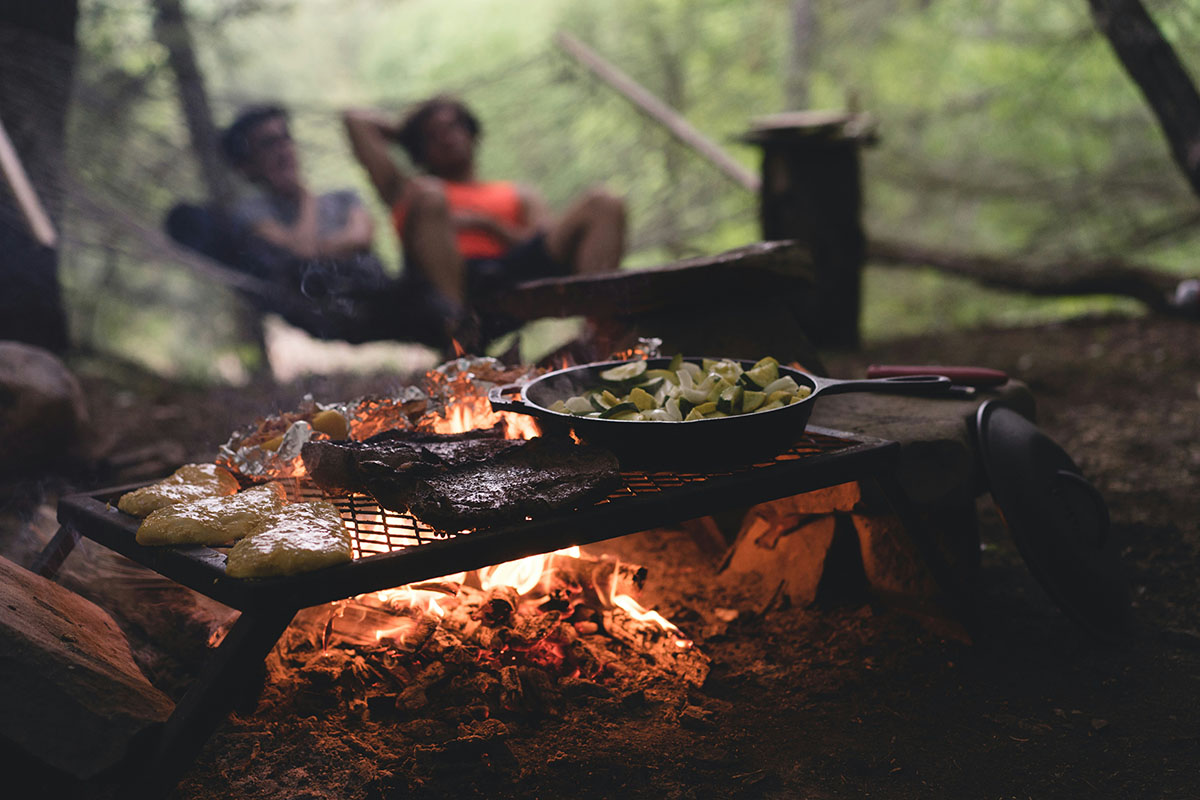
Pre-making meals ahead of time will make camping trips more comfortable because it’ll require less work to feed yourself and others while you’re at the campsite. (It’ll require more prep beforehand, though.)
Many campers find that prepping meals at home is a great idea for a few reasons.
First, it makes it easier to eat the types of tasty food that you’d make at home while camping, but without having to bring the whole kitchen along with you to the campsite.
Second, a pre-made meal cooks up faster, which is handy when you’re using a camping stove or a campfire.
Finally, pre-making meals make cleanup easier. For instance, since you didn’t have to prep the vegetables on site, you then didn’t have to clean up after prepping vegetables.
This gives you more time to enjoy the great outdoors on your camping adventures and cut down on the amount of kitchen-related camping equipment you need to lug with you.
Stay Clean

You can make camping more comfortable by staying clean. You’ll most likely be giving up long, hot showers while you’re camping, but that doesn’t mean you have to go the whole trip without cleaning yourself—unless you want to.
When tent camping, you have a few options to stay clean. You can camp in an established campground that offers coin-operated showers in the shared-use facilities, you can invest in your own camp shower, or you can use a good old-fashioned bucket and soap.
If you use one of these three methods, you’ll need basic supplies like biodegradable soap, a washcloth, and a towel. If you’d rather not shower or use the bucket method, you can bring body cleansing wipes to give yourself a refresh at the end of each day or after a hike.
Upgrade Your Bathroom Experience

If you’re concerned about comfort, it’ll behoove you to plan ahead for when nature calls. Like sleeping on the ground, pooping in the woods may feel like a rite of passage for a tent camper, but it’s not ideal to leave human waste in the wilderness.
Instead, consider how you can make the experience more comfortable while also practicing Leave No Trace.
The easiest way to upgrade your bathroom experience while tent camping is to camp somewhere with facilities. Some campgrounds have flushing toilets with locking doors, sinks, soap, and even mirrors. Other campgrounds offer basic outhouses.
Many campground facilities fall somewhere in between these two extremes.
If you’re in the backcountry, you can still upgrade your experience by bringing a toilet on your next camping trip. A camping toilet can be as simple as a bucket with a liner and a seat/lid attachment or as fancy as a composting toilet that breaks down waste.
The Trelino Evo composting toilet has been a fantastic upgrade to my family’s tent-camping gear. Grab some compostable toilet paper and a coco coir brick before you go, then pre-mix some “litter” that you’ll add to the solids bin to snuff out any offensive smells. The Trelino Evo is easy to clean once you’re home, and it’s a great, eco-friendly alternative to squatting behind a tree.
Wear/Bring the Right Clothes
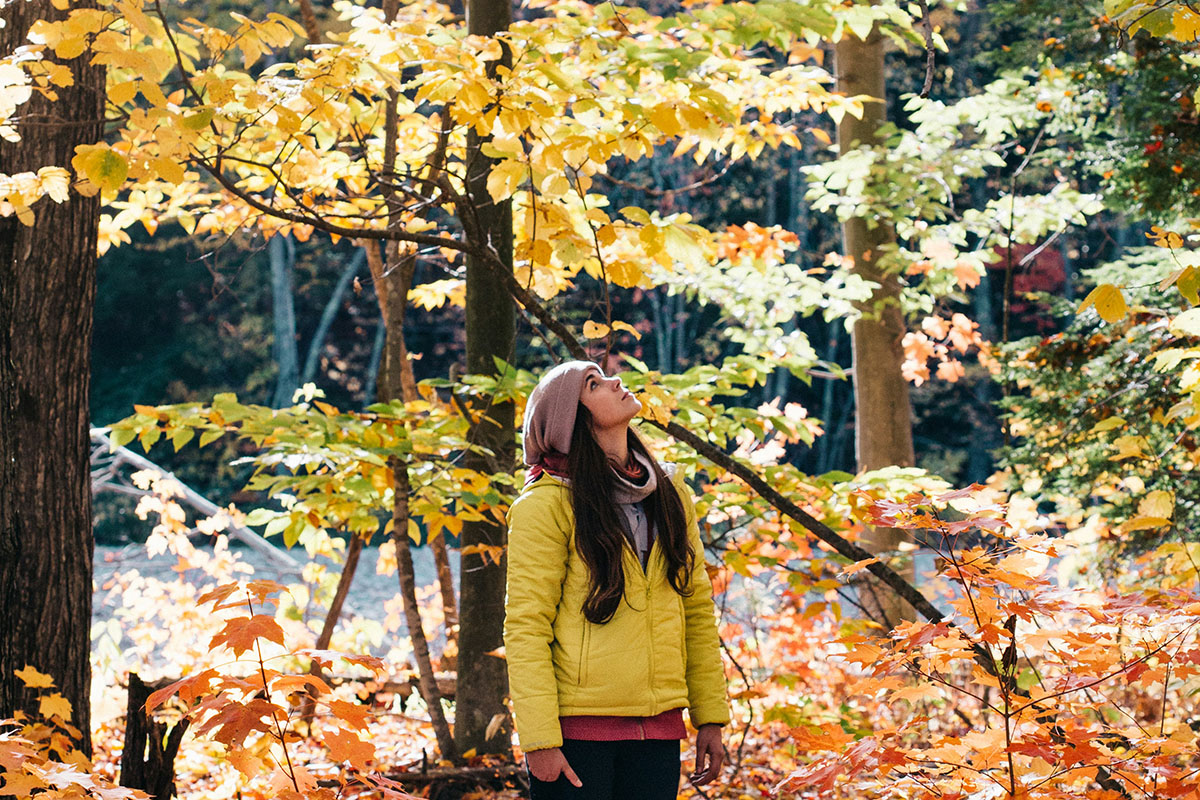
What you wear camping matters—not for aesthetic reasons but for personal comfort. It’s easy to focus on your gear when packing for a camping trip, but you should also pay close attention to the clothes you pack.
If you’re camping in the cold, there’s no such thing as too many layers. Layer with a moisture-wicking base, a mid-layer for insulation, and a waterproof and wind-proof outer layer to hold in body heat and protect you from the elements.
If you’re camping in warm weather, prioritize lightweight, moisture-wicking layers, preferably with sun protection. Look for shirts, shorts, and/or pants that are UPF 30+, and don’t forget hats and sunglasses.
What you wear to bed can also help you have a comfortable night’s sleep. Swap out sweaty base layers for fresh base layers before falling asleep and, if it’s cold, keep your clothes for the next day inside your sleeping bag to warm them up for the morning.
Keep Things Tidy and Organized
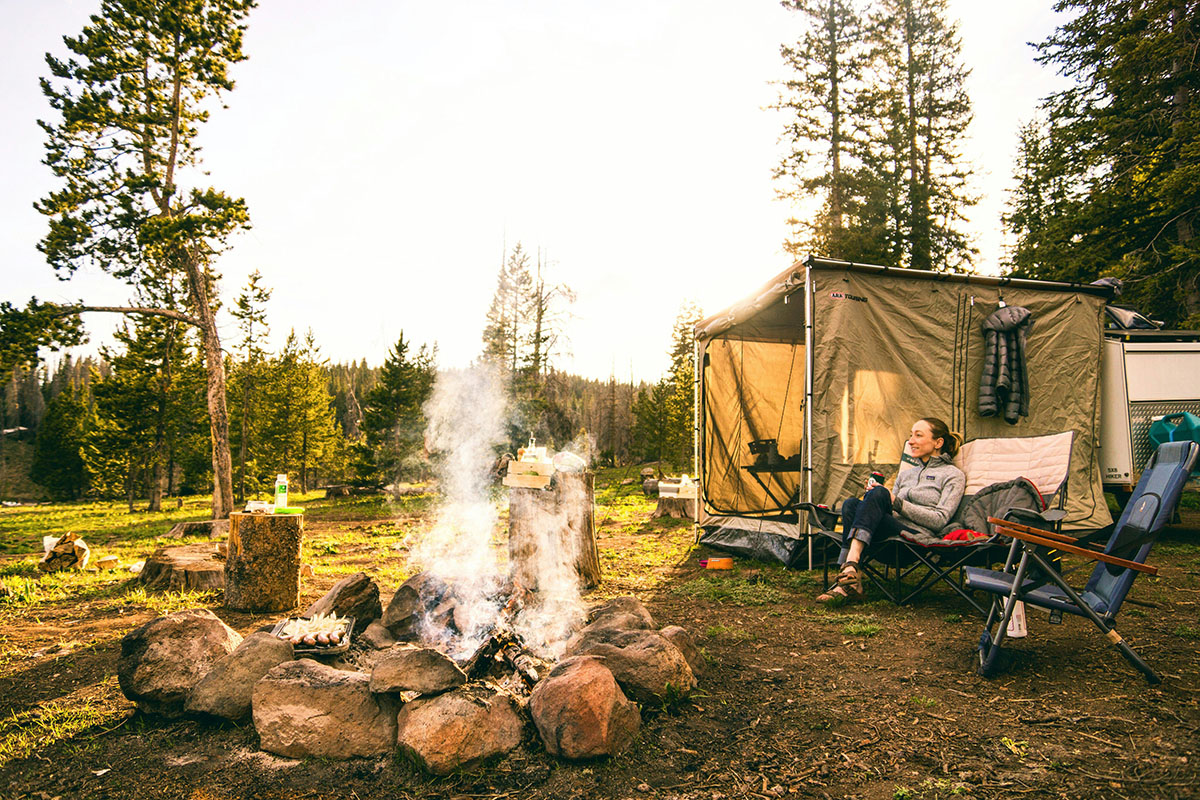
Staying relatively tidy and organized while camping can go a long way. Consider bringing more than one bag to store dirty and clean clothes separately, and be sure to arrange your living space so there’s a space between your sleeping bag and the tent entrance that you can use to store your belongings and give yourself some space to change.
Store your camping gear, supplies, and equipment in collapsible totes, reusable bags, and small bins to help you keep items organized and within reach. Your stuff is going to get dirty while camping, but that doesn’t mean you won’t be more comfortable if you don’t try at least a little bit to keep things clean and tidy.
I always bring a small hand broom and dustpan along to sweep dirt and sand out of our living space.
Can You Be Comfortable While Camping? Yes-ish.
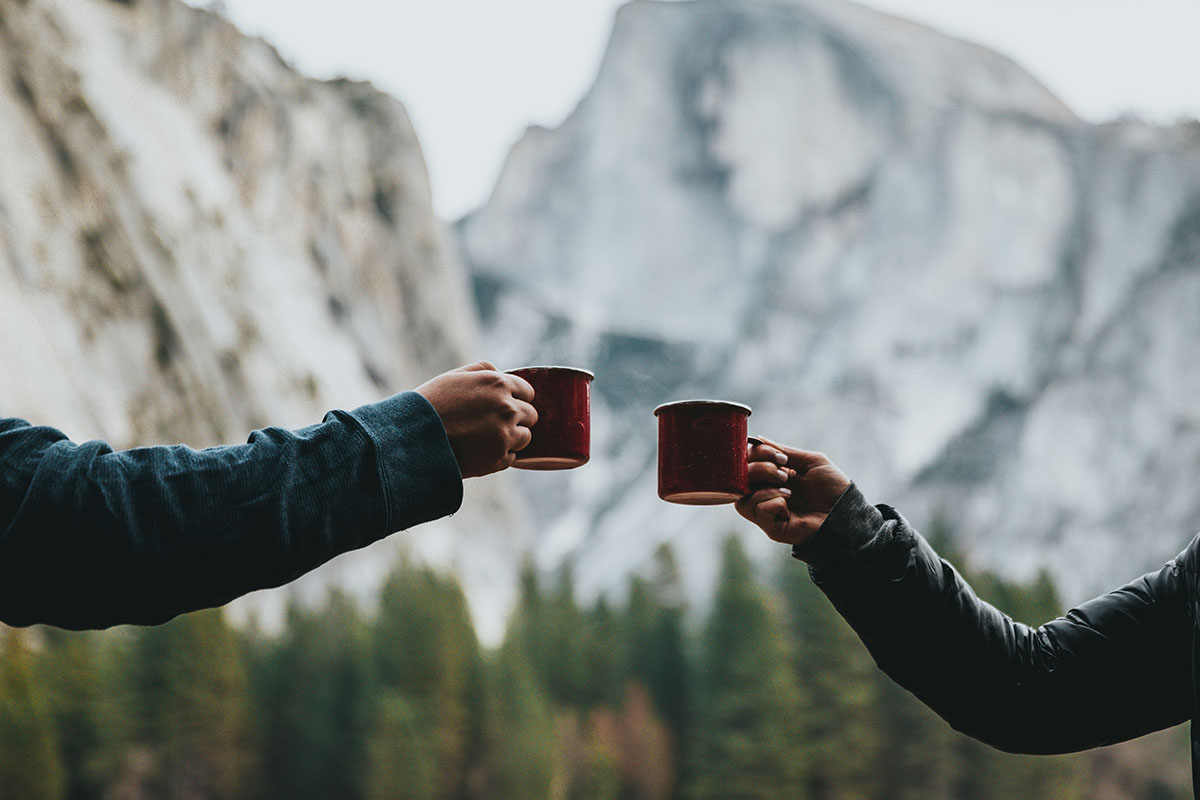
Follow these tips to be more comfortable on your next trip, but remember that part of the fun of camping (especially tent camping) is that you’re going outside your comfort zone. If you’re car camping and have the space, bring some extra items just in case.
At the end of the day, comfortable tent camping is possible with some planning and preparation, but Mother Nature could always throw a wrench in your plans. Try to have fun anyway.
If you’re really set on being comfortable but still want to spend time outdoors, go glamping instead!


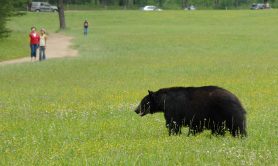
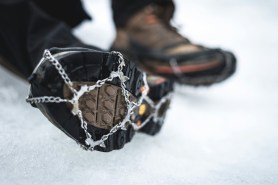
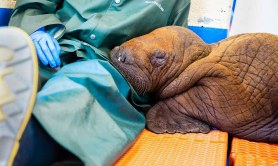


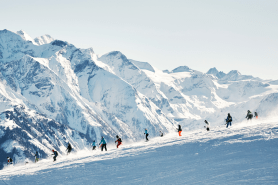
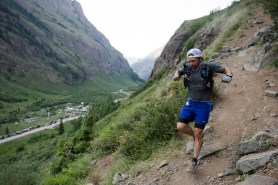
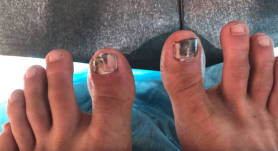
It is a good idea to bring a shower curtain when you go camping. If your sleeping bag gets wet, you can place the shower curtain on top, and stay dry. A shower curtain doesn’t take up space, if you don’t take it out of the original package, and doesn’t weigh that much. In a pinch, you can also use it as a tarp.